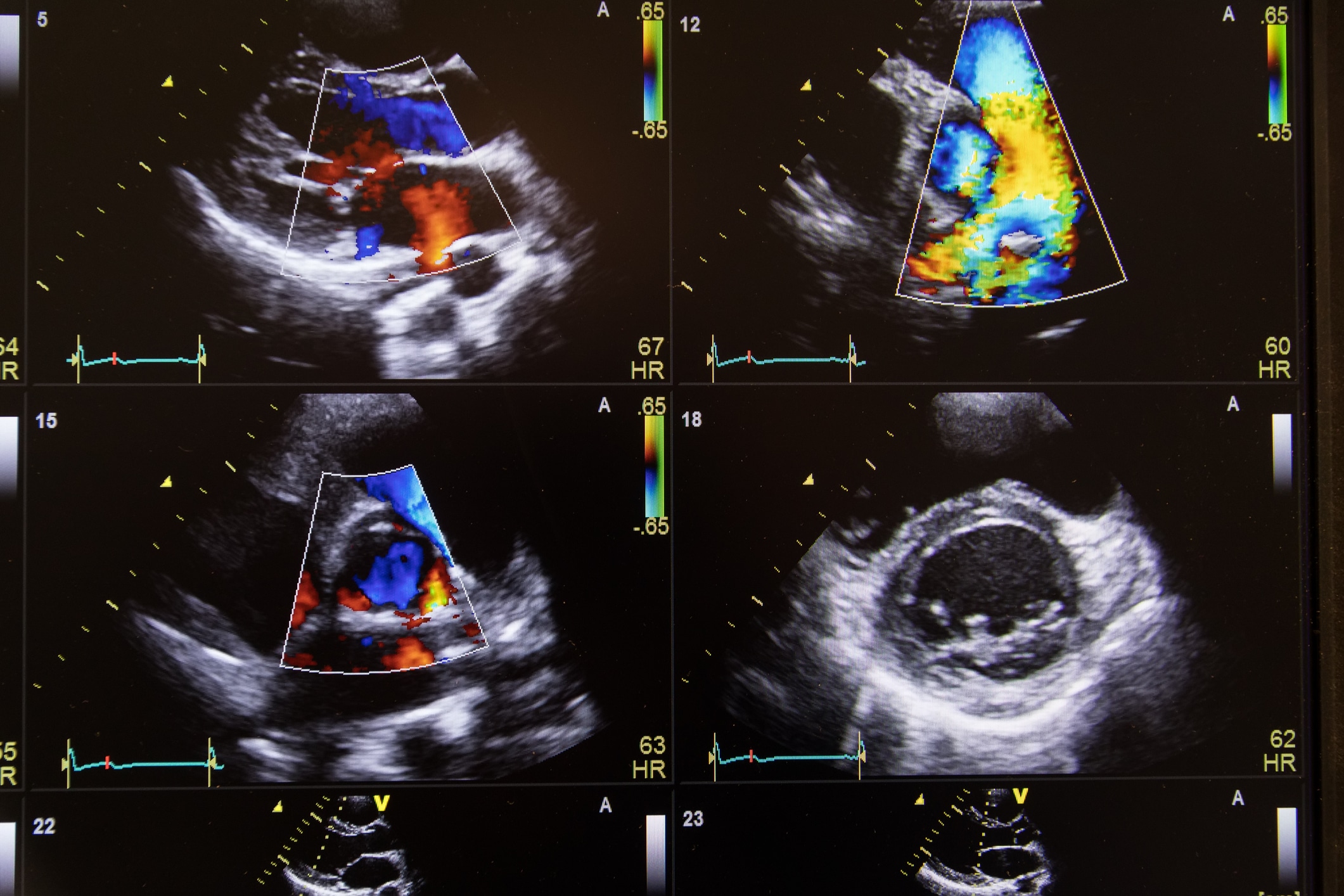PFO Test & Diagnosis (Diving)
As a specialist in cardiac imaging, Dr Jordan is able to assess the presence and nature of a patent foramen ovale (PFO), which may be relevant for your medical care if you are a diver, have suffered a stroke without other risk factors or have low blood oxygen levels.
General Introduction
A patent foramen ovale (PFO) is a small opening between the top two chambers of the heart (atria). Present in 20-30% of the population, a PFO only becomes relevant should it allow a significant flow of blood (or gas bubbles or blood clot) between the right and left atria.
When diving and breathing compressed gas, the inert portion of the gas passes into the body tissues, passing back into your veins as you ascend (decompression). By staging regular stops on your ascent, the gas is allowed to pass safely back out of your tissues into your veins, being then transported within the blood to your lungs, where the gas bubbles are removed.
If you have a PFO, the inert gas bubbles can pass from the right-sided upper chamber (right atrium) into the left-sided upper chamber (left atrium) within your heart, under certain conditions. Should it do so, the gas can pass into your arteries, blocking smaller blood vessels and damaging your organs.
Similarly, in some cases of stroke, it is evident that a blood clot has passed from the veins (originating as a DVT), within your bloodstream to the right atrium (right upper chamber) and then to the left atrium (left upper chamber) through a PFO. From the left atrium, a clot can travel to the brain, causing a stroke. This is an unusual cause of stroke, though can lead to a recommendation that the PFO be medically closed, depending on other risk factors.
Patent Foramen Ovale Test (PFO Diagnosis)
An examination and evaluation of a PFO can involve two different types of tests: “bubble” contrast echo and/or transoesophageal echocardiogram.
“Bubble” (agitated saline) contrast echo involves the injection of air mixed with saline into a needle (cannula) in a vein. Usually, there is no connection between the right and left atria and the bubbles are therefore exhaled by the lungs. However, in the presence of a PFO, gas bubble contrast appears on the left side of the heart within four heartbeats, with or without breathing manoeuvres.
A transoesophageal echo (TOE) is used to assess a PFO in further detail. The test involves the passage of a probe into the gullet (oesophagus), under sedation and with a numbing spray applied to the back of the throat, allowing exquisitely detailed pictures of the PFO to be taken. These tests are required should treatment of the PFO be contemplated and also helps to determine factors affecting the complication risk of a PFO for divers.
Who Needs a PFO Test for Diving?
A PFO examination is predominantly performed for divers who have been recommended to undergo an assessment by a UKDMC medical referee or other diving advisors, especially if they have suffered from decompression sickness symptoms. If you have suffered decompression illness, you may wish to undergo the test to assess your risk of continuing diving, including technical or commercial diving, and whether medical treatment (closure) is the right option for you. You may also wish to seek advice from a diving doctor and/or undergo a PFO test if you are a diver and suffer from migraine with aura, given the proposed link between PFO and classical migraine.
In addition, the presence of a PFO is relevant for individuals who suffer a stroke of unknown cause and in people with low blood oxygen levels.
Preparing for your Test
No specific preparation is required for an agitated saline contrast echo – you should eat, drink and take your medications as normal.
For transoesophageal echocardiography, you will need to not consume any food or drink for 6 hours prior to the procedure. Given that sedation is required to allow passage of the probe, it is advisable not to drive or operate heavy machinery for the remainder of the day, following the test.
Results and Treatment
Your PFO diagnosis will be available shortly after your test, with treatment options then discussed with you during your consultation, to determine the best treatment plan for you as an individual. If applicable, the best means of avoiding decompression illness (decompression sickness or arterial gas embolism) can then be ratified through consultation with your diving doctor.
Why Choose a Private PFO Test?
PFO testing for diving purposes is not available within NHS services. By choosing to undergo your assessment privately, you will know that Dr Jordan will perform the testing himself without waiting lists and will be able to discuss the results with you directly afterwards, including exploring the best treatment options for you.
Frequently Asked Questions
Can I dive with a PFO?
Some people continue to dive with a PFO, though often special precautions need to be taken to ensure that this is safe.
How do you check for PFO?
Screening for a PFO is undertaken using a bubble contrast echocardiogram. If necessary, the presence and nature of a PFO can be checked in further detail with a transoesophageal echocardiogram.
Should I worry about PFO?
A PFO should only usually be of concern if you are a scuba diver or if you have previously suffered a stroke, for which no cause has been found.
Does a PFO assessment hurt?
A bubble contrast echocardiogram is not painful, aside from the need to place a cannula in one of your veins, which can be a little uncomfortable.
How long does a PFO test take?
Bubble contrast echocardiography is usually completed within 30 minutes. In general, a transoesophageal echocardiogram is scheduled over 60 minutes, though the examination portion of this is usually only 20 minutes.
DORSET SELF-FUNDING CONSULTATION TARIFFS
Initial appointment: £220 | Follow-up appointment: £150
Or Contact Dr Jordan’s PA directly: 01202 096996


